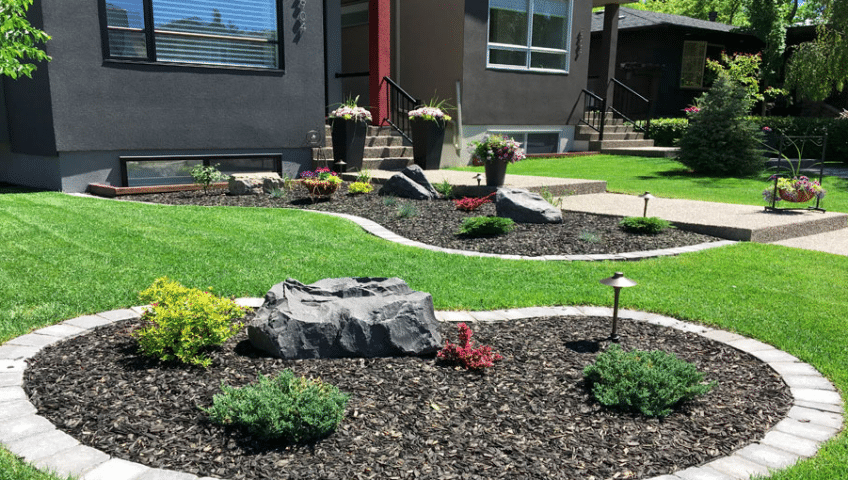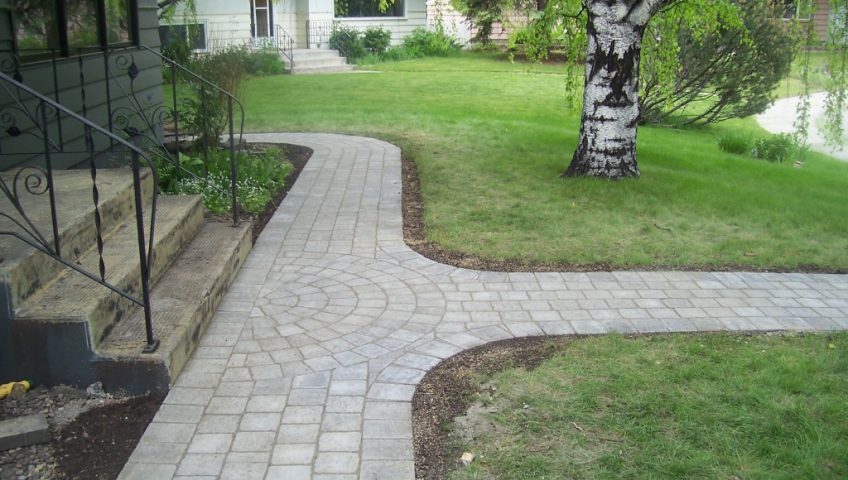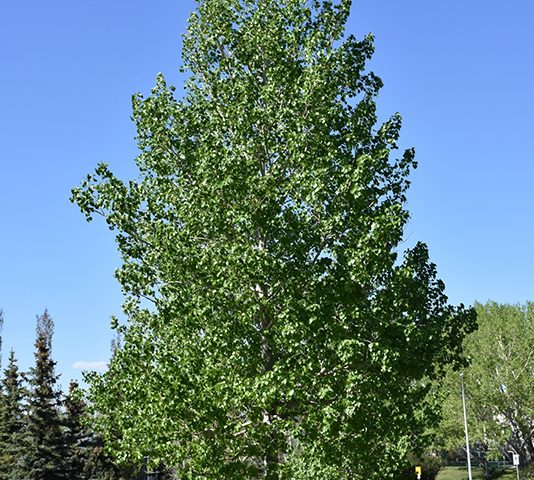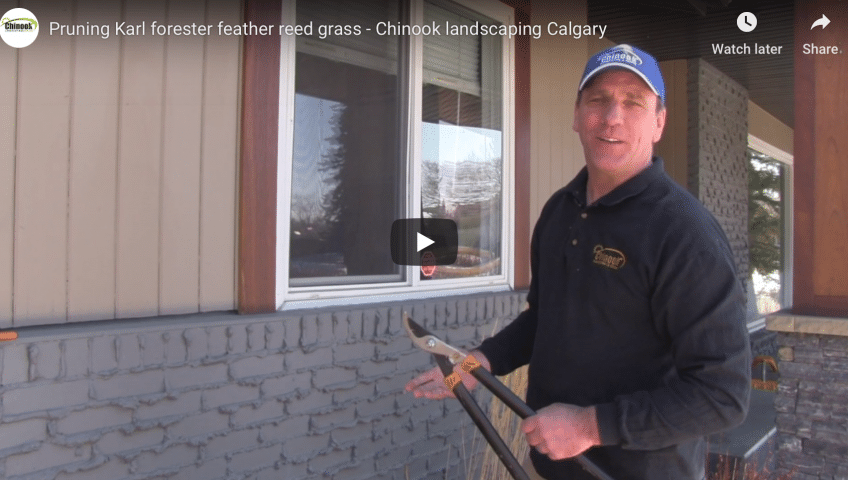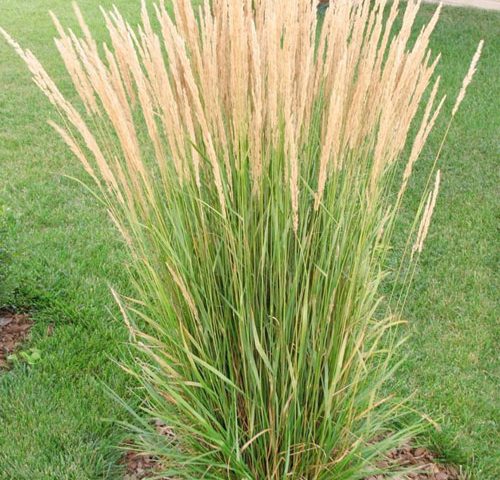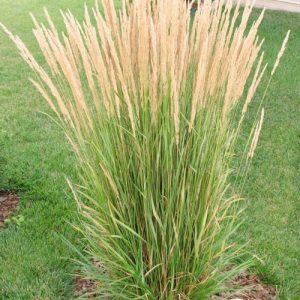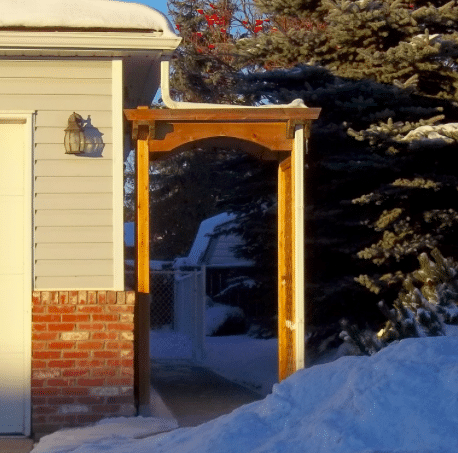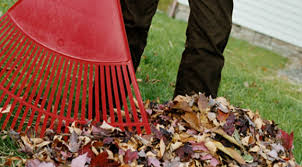
Landscaping you can do around your home while waiting out the coronavirus COVID-19
Consider some things you can do around the exterior of your home while you wait out the coronavirus COVID-19.
Clear snow from around your foundation areas
Now is a great time to clear snow from around the foundation areas of your home. You may be in an older home where paving stones or concrete walkways and patios have sunken. This sinking can create positive drainage towards your house. When you see areas like this it is best to use a shovel to move the snow away from the foundation and pile it in an area where the spring run off will not create run off towards your homes foundation. Try not to pile this snow on top of your garden or shrub areas as this extra snow will slow the spring growing of your shrubs and perennials. As well, there may be salt in the snow and too much salt is not good for your plantings.
Divert runoff from your downspouts and away from low lying areas
We almost always see downspouts that are set up incorrectly and create issues with water draining towards your home. IF you can safely divert the downspouts to another area it is best to do that before the big thaw starts. If you can’t divert the downspouts then you should consider creating trenches in the snow to help channel the water away from your home and towards low lying areas. A drainage assist arbor may provide a good drainage solutions for diverting water over your pathways. You can call Chinook Landscaping if you would like a estimate for that.
Rake up leaves, pinecones
Some areas of your lawn may be free of snow at this time,. You may also have areas under your large spruce trees or other trees that have been protected from the snow. Now is a good time to get a head start on spring maintenance and rake up leaves, pinecones and other debris around your yard. You can toss the lawn debris directly into your compost container.
Prune trees, shrubs and perennials
Early spring is a great time to prune trees, shrubs and perennials. It is always best to do your pruning before your plants wake up and start to put out fresh green buds. Pruning trees and shrubs can easily be done with a good pair of pruning shears or you can also use a small hand saw. Pruning larger trees may require a ladder and special tools so make sure to be very careful if you plan to prune large trees. It may be best to hire a professional arborist for your larger trees. Shaping shrubs can be enjoyable and you can trim them with pruning shears or a automatic hedge trimmer. This is also a good time of the year to trim back your hedges. If you have a cotoneaster hedge and it is diseased with oystershell scale you may want to consider pruning them right to the ground. This will allow them to regrow without the virus. If you are going to do your own pruning make sure to follow guidelines on pruning trees and shrubs
Create a landscape design on your computer or with a pencil and paper
If you have lots of time on your hands you could create a landscape design on your computer or with a pencil and paper. If you want to try landscape design on your computer there is lots of landscape design software out there to help you with this. Professional landscape designers use expensive CAD based Software but you could try some of the more simple software options if you are not familiar with Autocad. Some software you could consider is smartdraw
If you just want to try sketching with a pencil and paper a great way to start is by getting out your RPR. RPR or Real Property Reports show the footprint of your house on your lot. Make some extra copies and sketch in patios and walkways, trees, shrubs, landscape features, retaining walls etc.
If you would like help with a landscape design give us a call or request an estimate on our estimate request page.


